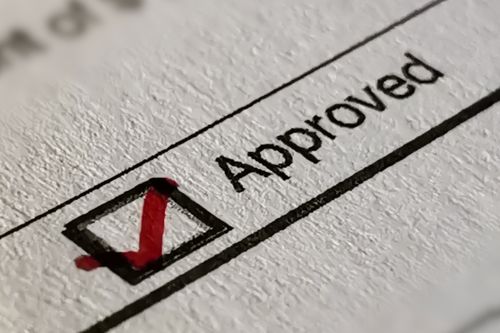Written for Bolton by Anirban Basu, Sage Policy Group
The past year will be remembered for many things, including Russia’s invasion of Ukraine, Chinese economic lockdowns, protests in Iran, and America’s midterm elections. With respect to the domestic economy, two phenomena stand out: high inflation and rising interest rates. Over the course of 2022, the Federal Reserve has reversed course relative to what it had been doing during the pandemic. Instead of slashing interest rates, the Federal Reserve has been ratcheting them higher since March. Rather than preside over a period of rapidly expanding money supply, America’s central bank has been putting on the brakes with the goal of soaking excess inflation out of the economy.
Thus far, the U.S. economy has managed to hold its own. Retail sales continue to float higher as consumers look inflation squarely in the eye and keep moving forward. In October, retail sales surprised to the upside, rising 1.3 percent in October in nominal terms, well above the 0.4 percent month-over-month inflation indicated by the Consumer Price Index. Demand for durable goods has risen during seven of the past eight months, with spending expanding another percent in October.
Despite several high-profile layoff announcements at the likes of Meta, Lyft, and Amazon, employers continue to hire aggressively in the context of nearly 11 million available, unfilled jobs. Jobless claims have inched higher in recent weeks but remain below the annual average observed from 1970-2018. The nation’s unemployment rate stood at 3.7 percent in October, near an all-time low.
The overarching question for 2023 is quite obvious: can the economy continue to expand in 2023 given the combination of higher interest rates, war in Eastern Europe, and global economic weakening? As always, there is no consensus in the community of economists.
Some believe that the Federal Reserve retains an opportunity to engineer a soft landing whereby its rate-setting policymaking slows economic growth and wrings excess inflation out of the economy while circumventing recession. Certain leading indicators remain positive, and there is still underlying momentum as the economy continues to be re-constituted in the context of a fading public health crisis. The Federal Reserve Bank of Atlanta maintains a service forecasting current quarter gross domestic product. As of this writing, that model suggests that the economy will expand at a 4.3 percent annualized rate during 2022’s final quarter.
But there are other economists who believe that recession will arrive on America’s shores in 2023. In addition to an uptick in layoff announcements, an inverted yield curve, and volatile financial markets, there are other signs that the U.S. economy is fraying, though only slowly thus far. As an example, the owner-occupied portion of the housing market is already in recession, with home prices dipping in many markets amid faltering mortgage applications. Existing home sales have declined for nine consecutive months are down 28 percent year over year.
There are also indications that consumers are finally buckling under the weight of inflation. Credit card balances expanded 13 percent during 2022’s second quarter, the largest year-over-year increase in more than 20 years according to the Federal Reserve Bank of New York. The personal savings rate is at its lowest level since April 2008. Truck shipments in the U.S. have declined in recent weeks, with FedEx and other shippers furloughing workers in recent weeks, virtually unheard during holiday shopping season.
While it is unlikely to be a deep recession, 2023 will likely bring additional financial market volatility, more major layoff announcements, several months of job losses, rising unemployment, geopolitical intrigue, and perhaps even some Federal Reserve rate-cutting toward year’s end.




